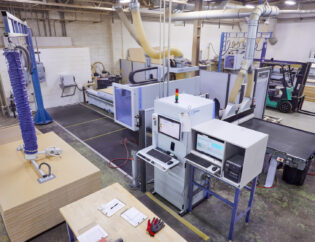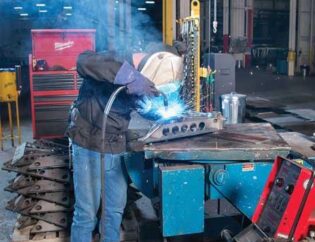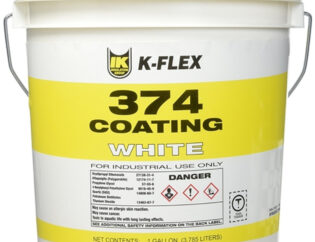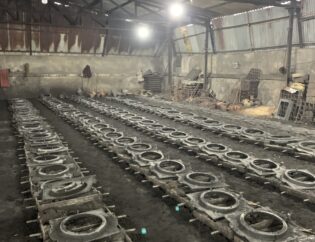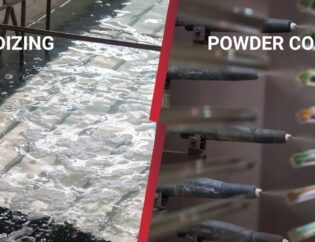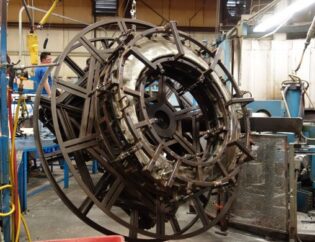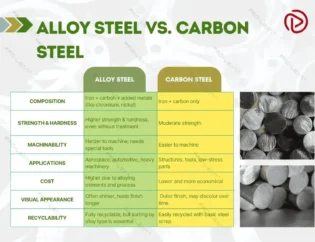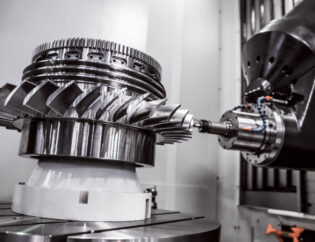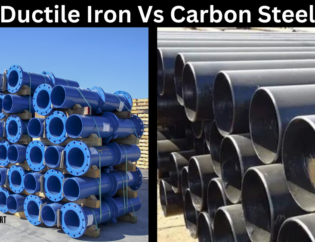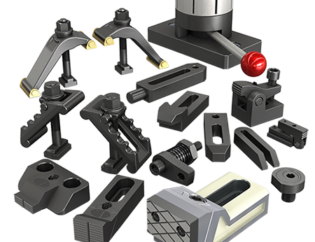Large CNC machining is a pivotal technology in modern manufacturing, enabling the production of intricate components with precision and efficiency. As industries evolve, the demand for larger and more complex parts continues to grow, making an understanding of this process essential for engineers, manufacturers, and hobbyists alike.
In this guide, readers will explore the fundamentals of large CNC machining, including its applications, benefits, and the latest advancements in technology. We will delve into the various types of machines, materials, and techniques that define this field.
Additionally, the guide will cover best practices for optimizing machining processes, ensuring quality control, and maintaining equipment. By the end, readers will be equipped with the knowledge to navigate the complexities of large CNC machining and enhance their operational capabilities.
Comprehensive Guide to Large CNC Machining
In this guide, we will explore the world of large CNC machining, focusing on its significance, technical features, and the various types available in the market. Large CNC machines are essential for producing large-scale, complex parts with extreme precision and efficiency. They are widely used across various industries, including aerospace, automotive, and manufacturing.
Understanding Large CNC Machines
Large CNC machines are designed to handle substantial workpieces, providing the necessary rigidity and power to achieve high precision. These machines are equipped with advanced technologies, such as automatic tool changers and robust spindle units, which enhance their efficiency and productivity. Companies like CNCSourced and Haas Automation are leading manufacturers in this field, offering a range of machines tailored for different applications.
Technical Features of Large CNC Machines
When considering large CNC machines, several technical features are crucial for performance and efficiency. Below is a comparison table highlighting these features:
| Feature | Description |
|---|---|
| Working Area | Typically ranges from 2ft x 2ft to 4ft x 8ft or larger. |
| Spindle Speed | Varies from 6000 RPM to 20,000 RPM, depending on the machine type. |
| Tool Capacity | Can accommodate 50 to 70 tools, allowing for versatile machining options. |
| Axis Configuration | Available in 3, 4, or 5-axis configurations for complex machining tasks. |
| Material Compatibility | Capable of machining metals, plastics, and composites. |
| Precision | Achieves tolerances as tight as 0.001 inches, depending on the machine. |
| Cooling System | Equipped with advanced cooling systems to maintain performance under load. |
Types of Large CNC Machines
Large CNC machines come in various types, each designed for specific applications. Below is a comparison table of the different types of large CNC machines:
| Type | Description |
|---|---|
| Vertical Machining Centers | Ideal for precision machining of large parts with vertical spindle orientation. |
| Horizontal Machining Centers | Suitable for heavy-duty machining, offering better chip removal and tool access. |
| Gantry Mills | Designed for large workpieces, providing stability and flexibility in machining. |
| 5-Axis Machining Centers | Capable of complex geometries, allowing for simultaneous movement along multiple axes. |
| Lathes | Used for turning operations, ideal for cylindrical parts and large components. |
| Plasma and Laser Cutters | Perfect for cutting thick materials with high precision and speed. |
Applications of Large CNC Machining
Large CNC machines are utilized in various industries for different applications. For instance, United Precision Services specializes in heavy machining solutions, providing machines that can handle parts up to 6 meters high. Similarly, Aeromet Industries offers CNC machining for large components, catering to industries such as aerospace and defense.
Advantages of Large CNC Machining
- Precision and Accuracy: Large CNC machines provide high precision, ensuring that parts are manufactured to exact specifications.
- Efficiency: With advanced automation features, these machines reduce production time and increase output.
- Versatility: Capable of machining various materials, large CNC machines can adapt to different manufacturing needs.
- Cost-Effectiveness: Although the initial investment may be high, the long-term savings in labor and material costs make them a worthwhile investment.
Conclusion
Large CNC machining plays a vital role in modern manufacturing, enabling the production of complex parts with high precision and efficiency. With various types of machines available, manufacturers can choose the right equipment to meet their specific needs. Companies like GMFCO and Haas Automation continue to innovate in this field, providing advanced solutions for large-scale machining.
FAQs
1. What is a large CNC machine?
A large CNC machine is typically defined as a machine with a working area of 2ft x 2ft or larger, capable of handling substantial workpieces.
2. What industries use large CNC machining?
Industries such as aerospace, automotive, and manufacturing utilize large CNC machining for producing complex parts and components.
3. How does precision in large CNC machining compare to smaller machines?
Large CNC machines can achieve similar or even tighter tolerances than smaller machines, depending on their construction and technology.
4. What are the benefits of using a 5-axis CNC machine?
5-axis CNC machines allow for more complex geometries and simultaneous movement, enhancing precision and reducing setup time.
5. Where can I find large CNC machining services?
Companies like CNCSourced, United Precision Services, and Aeromet Industries offer large CNC machining services tailored to various industries.

